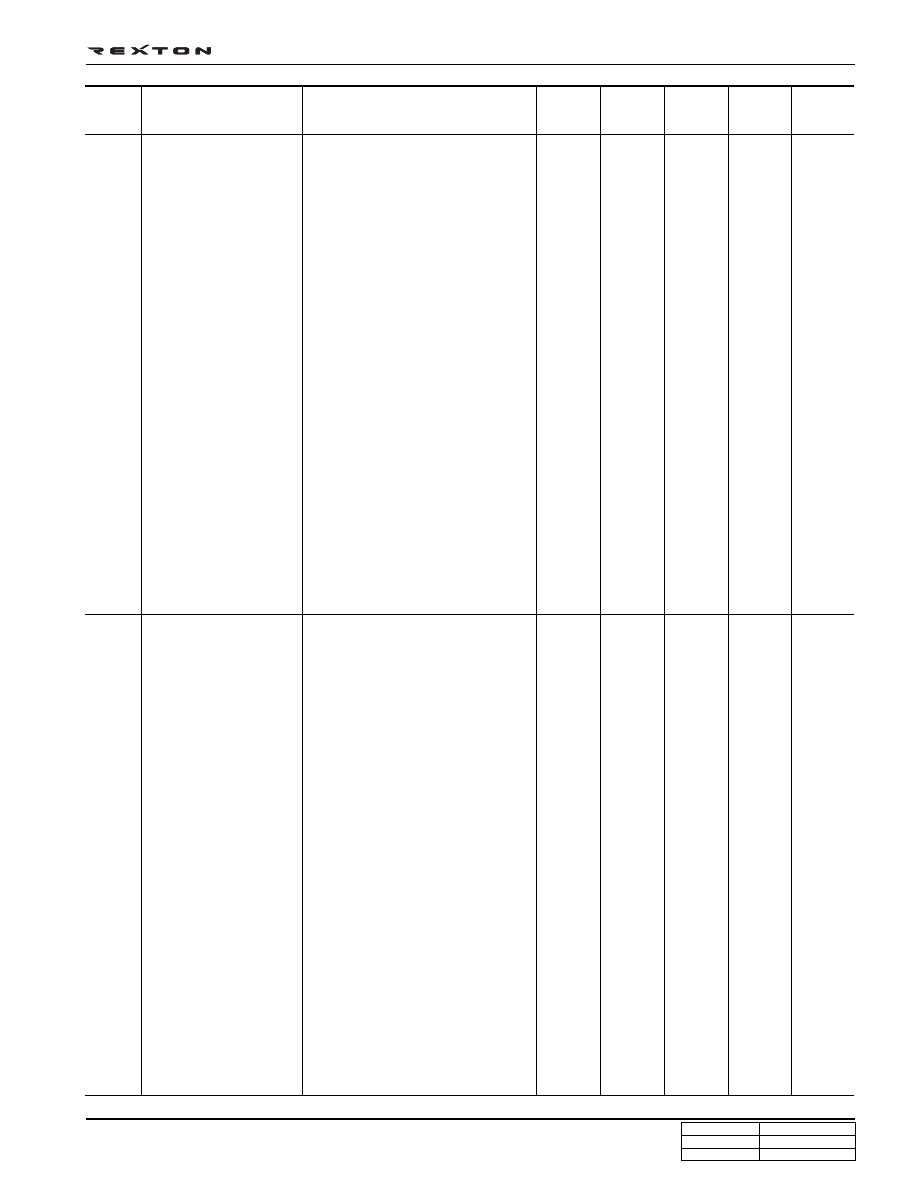SsangYong Rexton. Service manual - part 107

DI10-33
CHANGED BY
EFFECTIVE DATE
AFFECTED VIN
DIAGNOSIS
DI ENG SM - 2004.4
DTC
Trouble
Limp
Home
Mode
Immediately
Engine
Stop
Delayed
Engine
Stop
Torque
Reduction
(max.20%)
Help
Torque
Reduction
(max.50%)
P0105
P1106
Supply Voltage Fault to
Booster Pressure Sensor
Booster Pressure Sensor
Malfunction
- Out of range of supply voltages about
boost pressure sensor at Ignition key-
On and Engine Stop (Higher than speci-
fied values).
- Check the supply voltage to sensor.
- Actual boost pressure vs. Output voltages
• Raw Signal Range: 0.545 ~ 2.490 bar
• 0.4 bar: 0.6120 V
• 1.4 bar: 2.6520 V
• 2.4 bar: 4.6920 V
- Check the sensor wiring harness for
ECU pin #100 and #108 (open, poor
contact).
- Visually check sensor and replace if
required.
- Replace the ECU if required.
- Check whether existing or not about
turbo boosting control malfunction
(P1235) simultaneously.
- If there is turbo boost control fault,
Should be checked followings also;
• Leakage before turbo system
• Vacuum pump malfunction
• Waste gate’ solenoid valve
• Turbo charger system defect or mal-
function itself
• Air inlet restriction
• Exhaust system restriction
- Out of range of supply voltages about
boost pressure sensor at Ignition key-
On and Engine Stop (Higher than speci-
fied values).
- Check the supply voltage to sensor.
- Actual boost pressure vs. Output voltages.
• Raw Signal Range: 0.545 ~ 2.490 bar
• 0.4 bar: 0.6120 V
• 1.4 bar: 2.6520 V
• 2.4 bar: 4.6920 V
- Check the sensor wiring harness for
ECU pin #99 and #100 (open, poor
contact).
- Visually check sensor and replace if
required.
- Replace the ECU if required.
- Check whether existing or not about
turbo boosting control malfunction
(P1235) simultaneously.
- If there is turbo boost control fault,
Should be checked followings also;
• Leakage before turbo system
• Vacuum pump malfunction
• Waste gate’ solenoid valve
• Turbo charger system defect or
malfunction itself
• Air inlet restriction
• Exhaust system restriction